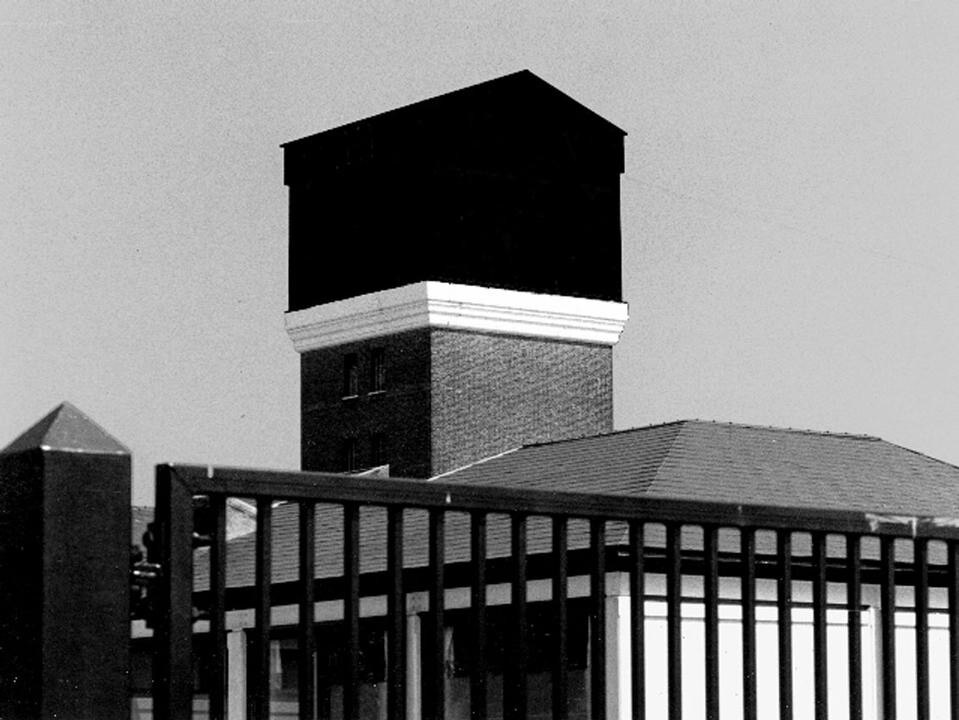The video – The Girl Chewing Gum – is an ironic deconstruction of the concept of directing, and of the relationship between (video) art and reality. In it, Smith's voice (covered up by an inexplicable and annoying bell) commands the extras that dart through the static shot of an intersection in London. These actions ("enter a hurried man in a shirt", "mother and daughter get out of the taxi fighting," and so on) become increasingly complex, until they flirt with the absurd. The game is unmasked when, turning the camera towards a clock, the artist commands the hands to "turn: one hand makes a full circle in an hour, the other does two a day!" The disconnect between the director the images continues when Smith explains that, in fact, he is in the middle of a prairie, twenty kilometers from the road where, he says, one of characters has just robbed a post office: so, with this the explanation, with this alarm, the film then closes with a slow panorama of an area of the English countryside.
This work is joined another, more recent, one here at the Bienniale: a slow shot of a hotel room with a television announcing the invasion of Afghanistan, accompanied by the artist's voice reflecting on how a citizen feels when his government is responsible for something abhorrent. Here, too, there is a disconnect between a director but who, in this case, consigns himself to the role of commenting on other images and thus becoming the viewer: the weakening of his role is, perhaps, a mirror of the weakening of the work itself.
And the same weakening could, in part, be detected in the space between two works by Smith himself shown in his solo exhibition at the Tanya Leighton gallery in Berlin open during the Bienniale. The first – Black Tower, 1985-1987 – is a playful yet despairing narrative: in first person, the voice tells the story of a man who's convinced he's being chased and followed by a tower. In the long run this drives him to lock himself in his house, making sure that he doesn't see it wherevere he goes. When the tree in front of his window is cut down by the city, the tower returns to view, leading him to madness and eventually death. The voice, however, is accompanied by a use of images that are at times abstract and at others deliberately misleading (abstract images that reveal themselves only in the details of the actual shots; scenes that openly contradict the story.) The second – Flag Mountain, 2010 – is the shot of a hill in the Turkish section of Cyprus on which the government has painted a giant flag: fixed camera, days follow nights in just a few minutes to the logical and monumental conclusion of capitalism. That's all? That's all.
The two previous works by Smith, in both their enjoyable narration and the depth of thought behind them, prove - if proof were needed, after his retrospectivess at the Venice Biennale three years ago and this year the Royal College of Art - how he has been capable of producing ambivalent and unsettling reflections both on the possibilities of video as an artistic medium and its relationship with 'reality', whatever that is. The fact that the two most recent works presented in parallel seem less courageous and capable of surprise is undoubtedly significant. But of course, you can know that something is significant without being sure what it means.Vincenzo Latronico
_big1.jpg.foto.rmedium.jpg)




